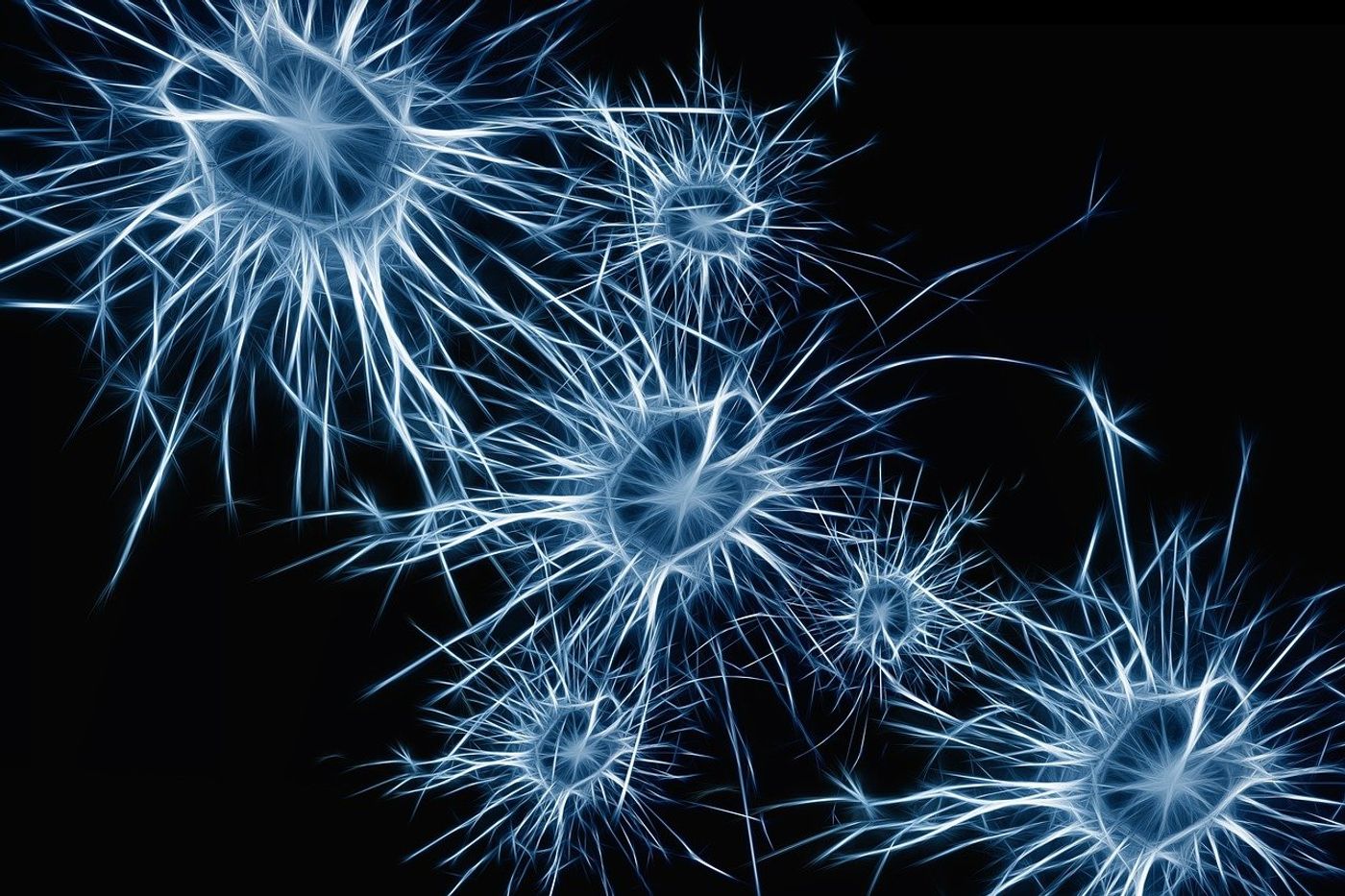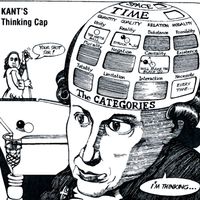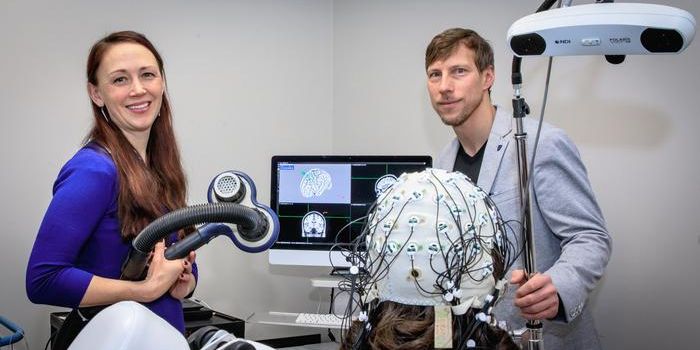When Do I Know I'm Me? Researchers Pinpoint Consciousness Patterns
Fraught with worry over the possibility he’s being deceived by an evil genius, Descartes’s meditator triumphantly declares, “let him deceive me as much as he will, he can never cause me to be nothing so long as I think that I am something.” But when does he exist as a thinking thing? Perhaps only when thinking, which leaves open the possibility of popping into and out of existence. Researchers now have a neurobiological explanation of how consciousness shifts from inwardly to outwardly directed cognitive activity. The results of the study, published in Science Advances, establish a temporal dimension of consciousness.
Zirui Huang, co-author of the study and a Research Investigator in the University of Michigan’s Department of Anesthesiology, found that neurobiological shifts exist between two brain networks involved in consciousness. More specifically, the “default mode network” (DMN) and “dorsal attention network” (DAT), each of which supports internal and external awareness, and which Huang and his team established, are not simultaneously active. They are, as the study puts it, “anti-correlated.” So, when a resting brain’s DMN is active, the DAT is far less active, and vice versa. When we daydream, for example, or are otherwise introspective, our DNM is active and our DAT is considerably less active. When something jolts us out of that daydream, DAT ‘lights up.’ DNM accounts for the interior dimension of consciousness — our sense of self, memory, and imagination. DAT accounts for the exterior dimension of consciousness — our engagement with the world around us.
One of the highlights of Huang’s study is the method itself. Results from brain scanning cannot rule out a false anti-correlation between DNM and DAT mode activity since the process for cleaning “noise” from the data is thought to generate the anti-correlate pattern. Huang’s novel approach circumvents that problem altogether. The team applied machine-learning techniques to resting state functional magnetic resonance imaging (rsfMRI) scans, which detect blood flow changes in the brain, moment to moment. What they found in conscious study patients were regular and structured patterns of “on-off” activity between the two modes. The transitions between DNM and DAT in unconscious patients — those with brain disorders, or who were sedated during their part in the study — were far more infrequent. Indeed, the unconscious brain uses the two modes far less than the conscious brain.
Huang’s next goal is to determine how the mechanism of switching actually works. It’s something we do seamlessly in our daily lives, but don’t yet understand the neural mechanism. Combined with the present work, there may be a path toward resolving brain disorders or improving anesthesia monitoring.
Sources: The Scientist, University of Michigan News, Scientific American, Inverse, Singularity Hub









